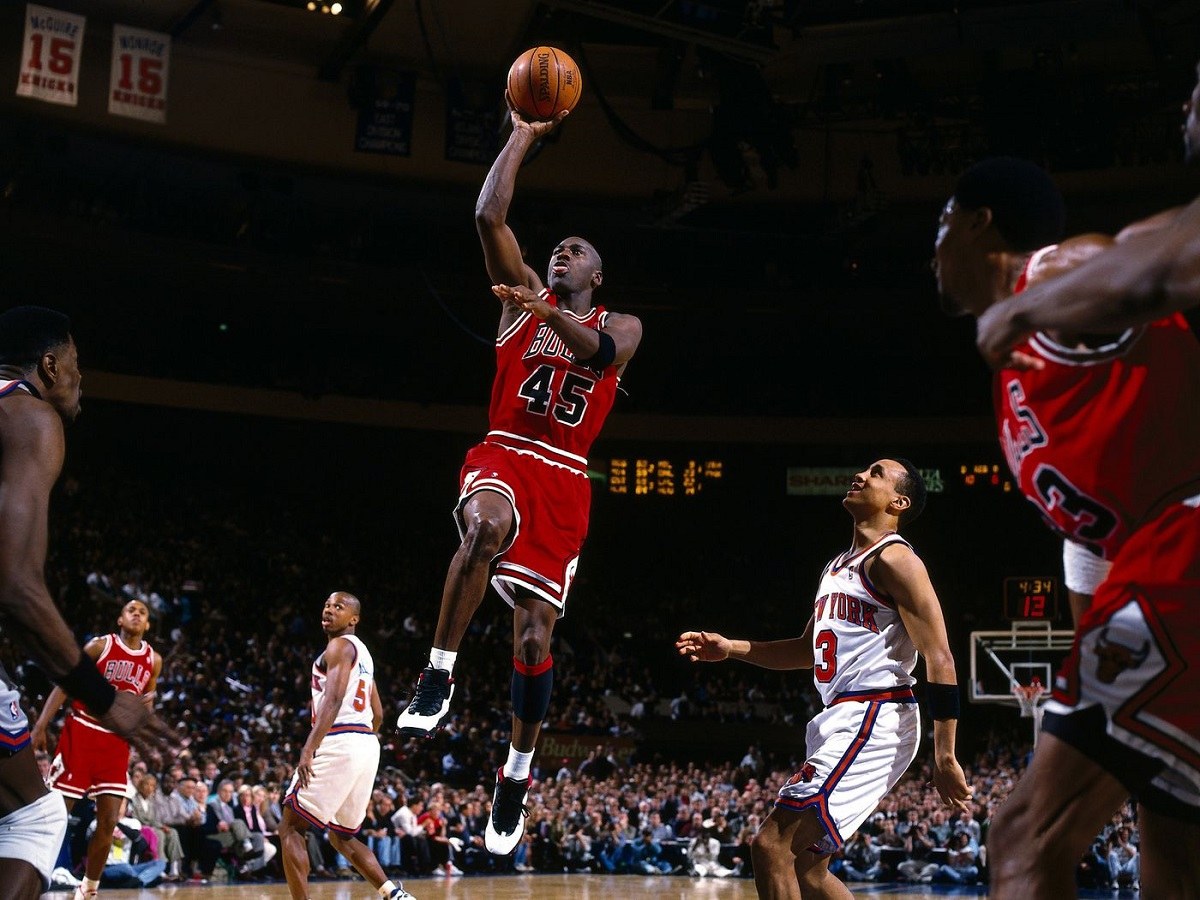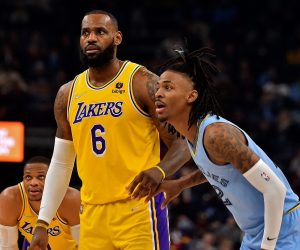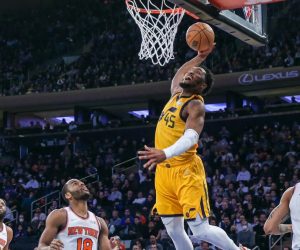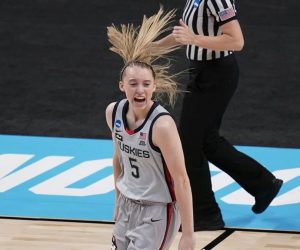In the summer of 1996, Michael Jordan almost joined the New York Knicks when they dangled a $25 million deal in front of him hoping to lure Air Jordan to MSG in NYC.

At the time, Jordan earned a paltry $3 million per year with the Chicago Bulls. Wiser minds think his Airness used the Knicks to boost his inevitable $30 million per year payday with the Bulls.
But for a hot minute, Knicks fans were teased with the possibility of Michael Jordan and Patrick Ewing leading the Knicks to their first title since the early 1970s when Willis Reed and Clyde Frazier led the Knicks to championships in 1970 and 1973.
Michael Jordan had some of the best games of his career at MSG. In one of his first games back after retirement in 1995, he dropped 55 on the Knicks at MSG. To this day, Jordan’s double-nickel against the Knicks ranks as one of the greatest performances in NBA history.
Summer of 1996
“The Last Dance” documentary featured 10 parts, but even the 10-hour documentary series on Jordan’s final season with the Chicago Bulls in 1997-98 couldn’t cover every juicy nugget in the life of His Airness.
Jordan retired in 1993 for a combination of reasons, including severe burnout after a three-peat championship run, playing on the Dream Team at the Barcelona Olympics, and his father’s murder.
Jordan returned to the Bulls in March 1995 when his baseball career fizzled out due to a strike. He refused to cross the picket lines as a replacement player in spring training 1995, so he stood in solidarity with his baseball teammates. He returned to Chicago and, during a visit with the Bulls at their practice facility, played pick-up ball with the team. Within a couple of weeks, he uttered “I’m back!”
Jordan didn’t have his basketball legs when he abruptly returned at the end of the 1995 season. When he returned at the start of 1995-96 season, he’d gotten himself in the best basketball shape of his life. Jordan and the Bulls secured their fourth NBA championship, which they clinched on Father’s Day in 1996.
Jordan was a winner again, but he was also severely underpaid at $3 million per season. He didn’t want an extension or a balloon payment, so he played out his contract.
At the same time, the Bulls were shopping Scottie Pippen. Pippen screwed up his good standing with Chicago and the team when he refused to enter a playoff game against the Knicks in 1994. Pippen also deserved a raise. He had become one of the best players in the NBA not named Michael Jordan, but he only made $2 million per season. The Bulls considered trading him out west, but owner Jerry Reinsdrof never let general manager Jerry Krause pull the trigger.
Jordan at MSG? $25 Million Pitch
In 1994, the first year of Jordan’s retirement, the Knicks went to the NBA Finals. They lost to Hakeem Olajuwon and the Houston Rockets in a grueling seven-game series. They missed their shot to win with Jordan in retirement. When Jordan returned, the Knicks were doomed to finish second-best or third-best behind the Indiana Pacers. The only way to beat Jordan would be to buy Jordan.
The Knicks had $12.5 million in cap space, but they were owned by ITT/Sheraton and Cablevision. The Knicks offered Jordan $12 million in salary and $13 million in an endorsement deal with Sheraton hotels.
With a $25 million offer on the table, Jordan would be foolish to pass up on the lucrative offer.
Jordan had added incentive to join the Knicks. Two of his best friends, Charles Oakley and Patrick Ewing, were on the Knicks. Jordan’s agent, David Falk, also represented Ewing. It made sense for Jordan to be showcasing his talents in the “most famous arena in the world” at MSG. It’s not like he’d be joining a bad team. The Knicks were good (Ewing, Oak, Larry Johnson, and Allan Houston), but they needed a star player to get them over the hump. Jordan could help Ewing finally win an NBA championship (or a couple).
Reinsdrof $30 Million Reraise
The Knicks made their $25 million pitch to play under the bright lights at MSG, but Jordan gave Reinsdorf a chance to top it.
Jordan’s agent allegedly gave Reisndorf an hour to come up with a better offer. In reality, he had a full business day to work out a counter-offer.
Reinsdrof offered Jordan $30 million to return. The idea was simple: keep the team intact and not trade Pippen in order to win a 5th NBA title.
Jordan accepted the Bulls’ offer and the Knicks lost out, so no Air Jordan at MSG. The $30 million balloon payment would become the richest in the NBA. It topped the Knicks/Ewing’s $18 million balloon payment.
Jordan and the Bulls continued their dynasty. The Bulls would win two more championships to secure a double three-peat or repeat three-peat. And the Knicks? Well, you know what happened to the Knicks. The Knicks, once NBA title contenders, quickly fell into disarray after James Dolan purchased full control of the team. It’s been a s–tshow at MSG ever since.
Even 24 years later years after the deal fell apart, fans in NYC continue to dream what it could’ve been like seeing Jordan rocking a #23 Knicks jersey. How many championship banners could Michael Jordan have help Ewing hang in the rafters at MSG? How many titles could they have won with the Knicks before they both retired? Two? Three? Four?











